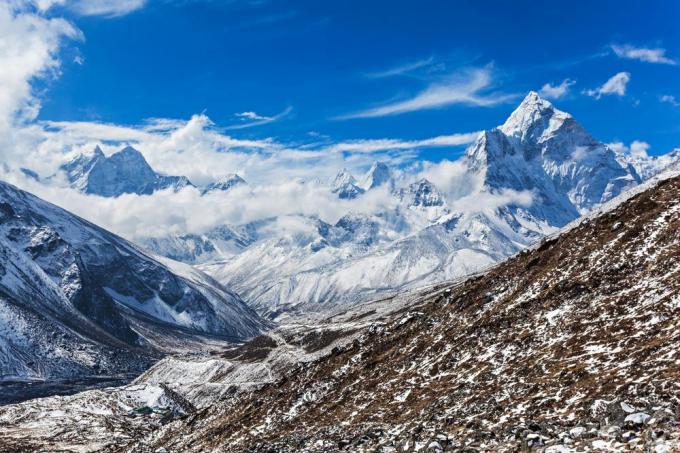Formed by the states of Paraná (Curitiba), Santa Catarina (Florianópolis) and Rio Grande do Sul (Porto Alegre), the South Region occupies an area of 576,409.6 square kilometers, being the smallest in Brazil in terms of territorial extension.
According to data released in 2010 by the Brazilian Institute of Geography and Statistics (IBGE), this region has 27,384,815 inhabitants, distributed as follows: Paraná (10,439,601), Santa Catarina (6,249,682) and Rio Grande do Sul (10,695,532).
One of the main characteristics of the southern population is the strong influence of Europeans. The Region received several migrants from Germany, Italy, Poland, among others. As a result, the southern states present various cultural manifestations of European origin.

Oktoberfest – party of German origin
With the exception of the extreme north of Paraná, the territory of the Southern Region belongs to the Temperate Southern Climate Zone, located between the Tropic of Capricorn and the Arctic Circle. Thus, the predominant climate is temperate, registering low temperatures during the winter.
The vegetation is quite diversified, with areas of tropical forest, coastal mangroves, araucaria forest, fields (pampas). The main rivers are Pelotas, Uruguay, Jacuí, Peixe, Iguaçu, Paraná, Paranapanema, etc.
The economy of the Southern Region is dynamic and shows strength in three sectors: service, agriculture and industry. Agriculture stands out for its cattle and pig herds, in addition to the cultivation of soy, rice, beans, corn, wheat and tobacco. The industrial sector is based on the food, information technology, textile, metallurgy, automobile, among others.
The South has the best socioeconomic indicators in the country. Among the good results are the low rates of infant mortality and illiteracy; high life expectancy (75 years) and high per capita income.
By Wagner de Cerqueira and Francisco
Graduated in Geography
Kids School Team


